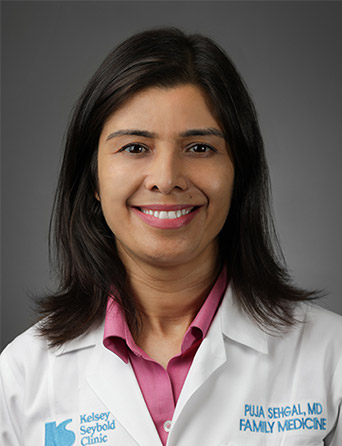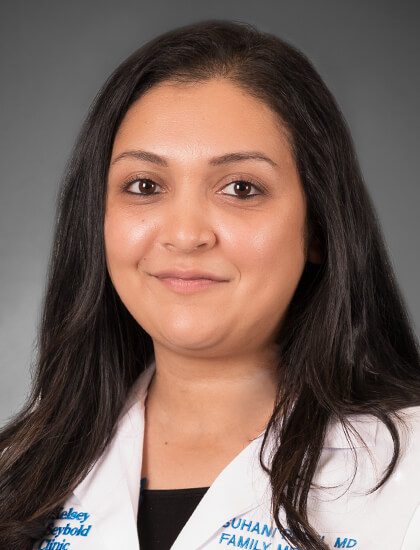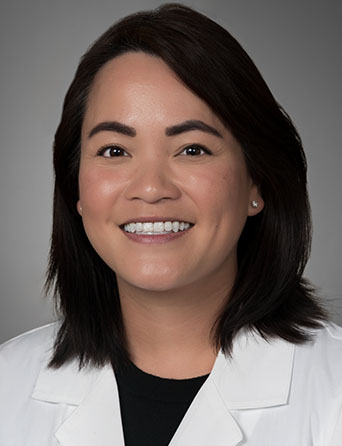Join Our eNewsletter!
Subscribe to our monthly newsletter to receive encouraging advice to help you lead a healthy lifestyle.

What Is Binge Eating Disorder?
An estimated 4 million Americans struggle with out-of-control eating
What is binge eating disorder and how do I know if I have it?
“Binge eating disorder (BED) is characterized by repeated episodes of gorging on large amounts of food in a small window of time but, unlike bulimics, not purging or using laxatives to rid your body of food. People with this disorder feel out of control and unable to stop eating,” says Marjorie Broussard, M.D., a board-certified Family Medicine physician at Kelsey-Seybold Clinic.
According to Dr. Broussard, binge eating disorder is more common than you might think. The U.S. Department of Health and Human Services estimates 4 million Americans, many of them women, may live with binge eating disorder.
Dr. Broussard says binge eating episodes are generally associated with three or more of the following:
- Eating more quickly than normal
- Eating a large amount of food without physical hunger
- Eating until uncomfortably full
- Eating alone or in secrecy out of embarrassment
- Feeling emotionally distressed, disgusted or depressed after overeating
“The best way to determine if you have any type of disorder is to see your physician and seek treatment,” says Dr. Broussard. “Binge eating disorder doesn’t get better without treatment and may worsen if untreated.”
The doctor notes that while many obese people suffer from binge eating disorder, body weight isn’t necessarily an indicator of the disorder. People who seem otherwise physically fit can also be affected. “If you think you may suffer from binge eating disorder, schedule an appointment with your primary care physician,” says Dr. Broussard.
Meet Our Team
Our Family Medicine doctors provide services for adults and children at several Kelsey-Seybold Clinic locations throughout the Houston area, so you’re never far from the compassionate care you need.








